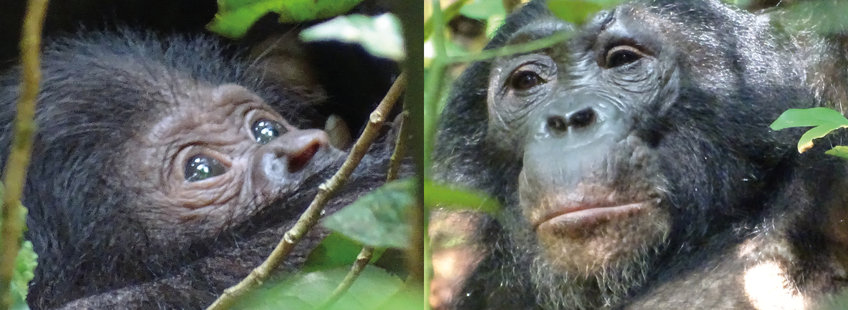
Development, maturation and life history
Apes are born in a highly altricial condition and it takes many years to grow into adulthood. Evidence suggests that environmental factors and dietary patterns determine the rate of maturation in different species. However, other patterns of development cannot be explained by habitat conditions alone. In female and male bonobos, the expression and pace of developmental changes are similar during the first four years but diverge markedly afterwards. With five years, females reach puberty, are socially independent and have acquired the skills to integrate into a new group long before reproductive maturity is reached. In contrast, males reach puberty several years later, remain in their natal group and maintain a lifelong social dependence on their mothers. This discrepancy in socialization is not known from any other ape species and makes bonobos particularly interesting for those interested in development and life history. Current studies are exploring the links between somatic growth, physiological constitution, and life history landmarks of immature bonobos. Data are collected from wild bonobos born into the two habituated communities at LuiKotale in the Democratic Republic of Congo. In addition, we monitor body growth and hormonal status of more than 100 bonobos living in human care. These data provide a benchmark against which to compare life history profiles of female and male bonobos, investigate the mechanisms causing the unusual development of the two sexes, and explore patterns of aging and senescence in a primate closely related to humans.